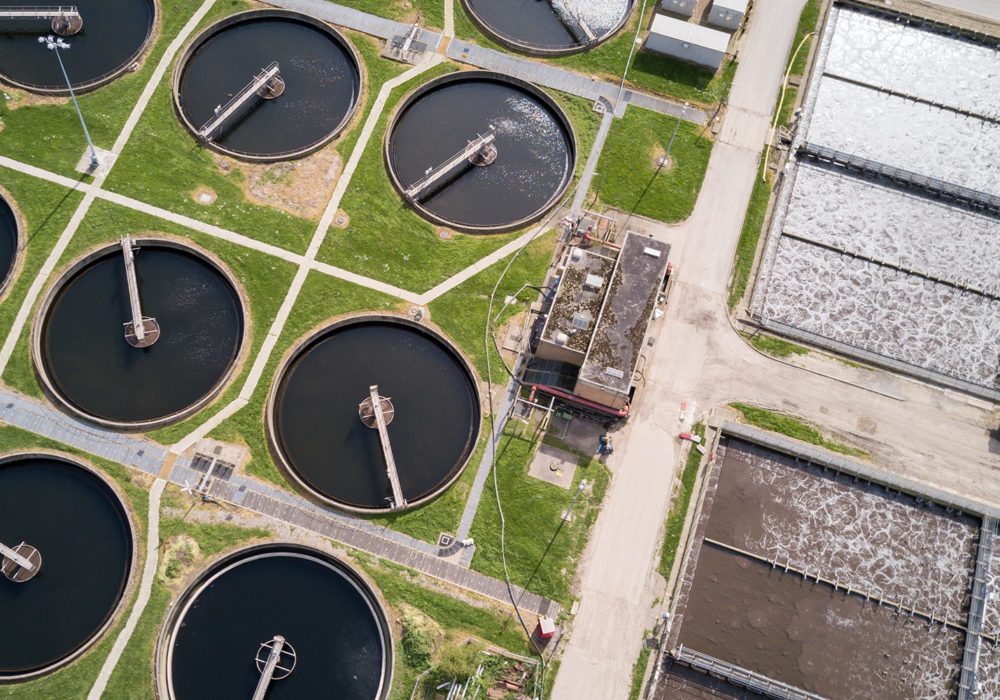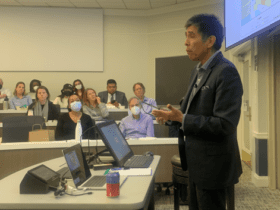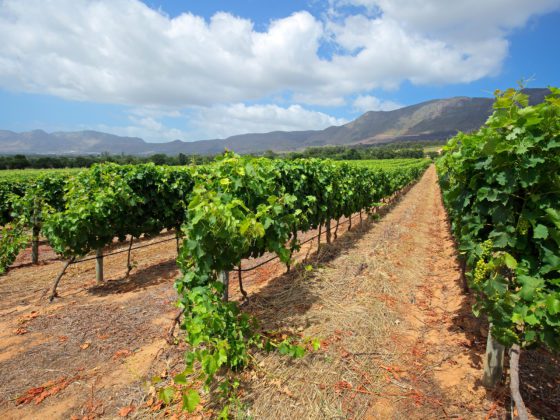Statistics for recent years show a steady improvement in the world population’s access to clean water and sanitation, see Figure below. In March 2017, on World Water Day, the World Bank’s Water Blog published a post with the headline “The Numbers are In: Water is the Key to Poverty Reduction and Health.” Why, well into the twenty first century, is this news? To most, it’s a given that clean water and adequate sanitation are essential for prosperity and health—and has been for well over a century. Yet, demonstrating this and converting an assumption to a certainty has been challenging. The need to overcome uncertainty, to achieve precision, and to quantify the potential benefits and effects of clean water and sanitation came to increasingly dominate thinking on water and sanitation in the 1980s. Until then providing clean water and sanitation had been based on the common-sense notion that both had obvious benefits.
Access to Clean Water and Sanitation (% of World Population)
 Source: World Bank
Source: World Bank
The quest for quantification began at the Bank in the mid-1970s. Investments that at one time had self-evident value needed to be re-evaluated, as quantitative management rose to prominence. But, for a time at least, when it came to water there was a limit to quantification. In 1975 the Bank commissioned a group of experts to examine and quantify the link between clean water, sanitation, and public health. The group concluded that quantifying the health benefits of water was so challenging that any kind of precise measure of water’s benefits on health was all but impossible. But these difficulties did not dissuade the Bank from investing in water projects, after all “it should be sufficient to accept the universally recognized fact [my emphasis] that the provision of an adequate quantity of safe water is a basic necessity for the maintenance of good health and productivity.”[i]
A decade later things had changed dramatically. In 1985, halfway into the International Drinking Water Supply and Sanitation Decade, the Bank released “Rural Water Supply and Sanitation: A Framework for Improving Investments.” Inspired by what the Bank perceived to be the lackluster performance of the Decade, the Bank declared that drastic changes in the way it invested in water were overdue. For too long the Bank and others had been investing in water projects without knowing their actual value nor giving adequate thought to how projects would be financed. What’s more, planners justified projects “as necessary for general health and welfare rather than in terms of standard benefit-cost criteria.”[ii] This “untested assumption” was now subject to scrutiny.
This was a monumental shift in thinking and set off a decades-long quest to quantify the benefits of water and sanitation—an effort many have found to be futile at worst and extremely difficult at best. The trend had its culmination in 1993, when the World Bank published its World Development Report: Investing in Health, and quantification and cost-effective analysis had become supreme in the world of global health. As a consequence, the broad goal of providing of clean water and adequate sanitation was shunted to the sidelines as many in global health became fixated on short term solutions like Oral Rehydration Therapy. At the time, an official at the World Health Organization characterized this approach as “putting the ambulance at the bottom of the cliff.”
Meanwhile, the quest to prove the connection between poverty, health, and water continued. And now, the World Bank is now back to where they began in the late 1960s and early 1970s: the provision of clean water and adequate sanitation is the key to health and prosperity; doing so requires cooperation and coordination across disciplines and “sectors.” The numbers are in. And what do they reveal? That the “universally accepted fact” noted in 1975 was correct all along.
As a historian this kind of rediscovery is frustrating. Discovering what is old and calling it new is at a minimum inefficient and at worst regressive. Of course, just as cost effective analysis won’t solve all problems neither will a historical perspective. But having one might result in a way of doing development that is more nuanced to change over time, contingency, and context. That is, if historians were involved in project planning and charged with the practical goal of advising planners on past successes and failures it’s possible that rediscovery and its attendant inefficiencies might be tempered. As Michael Woolcock of the Bank’s Development Research Group wrote several years ago, at its most basic and elemental, “the historical perspective and associated research can frame our understanding of development problems in ways that would not be obvious in the absence of such an understanding.” Given the enormous challenge of providing clean water and sanitation to the billions who do without avoiding redundancies and repetitions, learning from past mistakes, and forging ahead with what’s well known to work makes sense. Historians are uniquely positioned to do these very things.
[i] “Measurement of the Health Benefits of Investment in Water Supply,” Report of an Expert Panel to the International Bank for Reconstruction and Development, May 5-7, 1975, P.U. Report No. PUN 20; see also David J. Bradley, “Measuring the Health Benefits of Investment in Water Supply,” September 1974, in J.M. Kalbermatten Files-General Correspondence-1975, folder 30137485 A1992-005, WBG Archives.
[ii] “Rural Water Supply and Sanitation: A Framework for Improving Investments,” Draft: November 5, 1985, 36, International Reference Center for Community Water Supply and Sanitation (IRC), The Hague.





